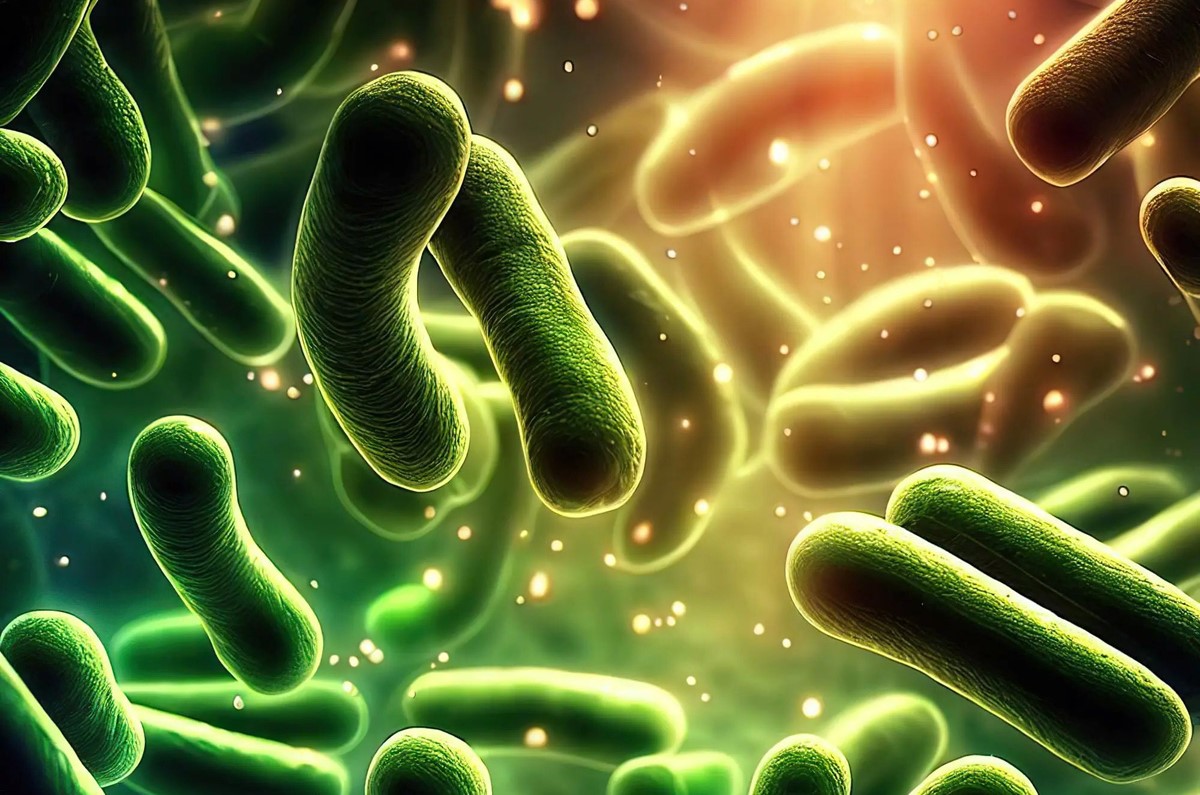
Antibacterial properties are fascinating and vital for our health. These properties help fight harmful bacteria, keeping infections at bay. From ancient times, people have used natural substances like honey and garlic for their antibacterial effects. Today, we find antibacterial agents in soaps, creams, and even clothing. But how do they work? They either kill bacteria or stop them from multiplying. This makes them essential in medicine and everyday products. Understanding these properties can help us make better choices for our health. Ready to learn more? Here are 30 intriguing facts about antibacterial properties that might surprise you!
What Are Antibacterial Properties?
Antibacterial properties refer to the ability of a substance to inhibit the growth of or destroy bacteria. These properties are crucial in medicine, food preservation, and everyday hygiene.
-
Antibiotics are drugs specifically designed to combat bacterial infections. They work by targeting specific bacterial functions or structures.
-
Penicillin, discovered by Alexander Fleming in 1928, was the first true antibiotic. It revolutionized the treatment of bacterial infections.
-
Bacteriostatic agents inhibit the growth and reproduction of bacteria, while bactericidal agents kill bacteria outright.
-
Natural antibacterial substances include honey, garlic, and certain essential oils. These have been used for centuries in traditional medicine.
-
Silver has antibacterial properties and is used in medical devices and wound dressings to prevent infection.
How Antibacterial Properties Work
Understanding the mechanisms behind antibacterial properties helps in developing effective treatments and products.
-
Cell wall synthesis inhibitors prevent bacteria from forming cell walls, leading to cell death. Penicillin is an example.
-
Protein synthesis inhibitors target bacterial ribosomes, preventing them from making proteins necessary for survival.
-
DNA replication inhibitors stop bacteria from replicating their DNA, which is essential for reproduction.
-
Metabolic pathway inhibitors disrupt essential bacterial metabolic processes, starving the bacteria.
-
Membrane disruptors damage the bacterial cell membrane, causing contents to leak out and the cell to die.
Everyday Products with Antibacterial Properties
Many everyday items contain antibacterial properties to help maintain hygiene and prevent illness.
-
Hand sanitizers often contain alcohol, which kills bacteria on contact.
-
Antibacterial soaps contain triclosan or other antibacterial agents to reduce bacterial presence on the skin.
-
Toothpaste with antibacterial agents helps prevent gum disease and tooth decay.
-
Cleaning products like disinfectants and wipes often contain antibacterial chemicals to sanitize surfaces.
-
Antibacterial fabrics are used in clothing and medical textiles to reduce bacterial growth and odor.
The Role of Antibacterial Properties in Medicine
Antibacterial properties are vital in preventing and treating infections, especially in medical settings.
-
Surgical instruments are sterilized to prevent bacterial infections during operations.
-
Antibacterial coatings on medical devices, such as catheters, reduce the risk of infection.
-
Wound dressings with antibacterial properties promote healing and prevent infection.
-
Antibacterial eye drops treat bacterial eye infections like conjunctivitis.
-
Antibacterial ointments are applied to cuts and scrapes to prevent infection.
Antibacterial Resistance
While antibacterial properties are beneficial, misuse and overuse can lead to resistance, making infections harder to treat.
-
Antibiotic resistance occurs when bacteria evolve mechanisms to withstand the effects of antibiotics.
-
MRSA (Methicillin-resistant Staphylococcus aureus) is a type of bacteria resistant to many antibiotics, posing a significant health threat.
-
Overprescription of antibiotics contributes to the development of resistant bacteria.
-
Incomplete antibiotic courses can leave surviving bacteria that develop resistance.
-
Agricultural use of antibiotics in livestock can promote resistance, which can transfer to humans through the food chain.
Natural Antibacterial Agents
Nature provides a variety of substances with antibacterial properties, often used in alternative medicine.
-
Honey has been used for centuries for its antibacterial and healing properties.
-
Garlic contains allicin, which has strong antibacterial effects.
-
Tea tree oil is a popular natural antibacterial agent used in skin care.
-
Eucalyptus oil has antibacterial properties and is used in respiratory treatments.
-
Cranberry juice is believed to prevent urinary tract infections by inhibiting bacterial adhesion to the bladder walls.
The Power of Antibacterial Properties
Antibacterial properties play a crucial role in our daily lives. From medicines to cleaning products, these properties help keep harmful bacteria at bay. Understanding how they work can lead to better choices in healthcare and hygiene. Natural sources like honey and garlic offer antibacterial benefits without harsh chemicals. Meanwhile, advancements in science continue to improve synthetic options.
Knowing the facts about antibacterial properties empowers us to make informed decisions. Whether choosing a disinfectant or a natural remedy, awareness of these properties can enhance our well-being. Keep exploring and stay curious about the world of antibacterial agents. They’re more than just a label on a bottle; they’re a vital part of maintaining health and safety. Stay informed, stay healthy.
Was this page helpful?
Our commitment to delivering trustworthy and engaging content is at the heart of what we do. Each fact on our site is contributed by real users like you, bringing a wealth of diverse insights and information. To ensure the highest standards of accuracy and reliability, our dedicated editors meticulously review each submission. This process guarantees that the facts we share are not only fascinating but also credible. Trust in our commitment to quality and authenticity as you explore and learn with us.


